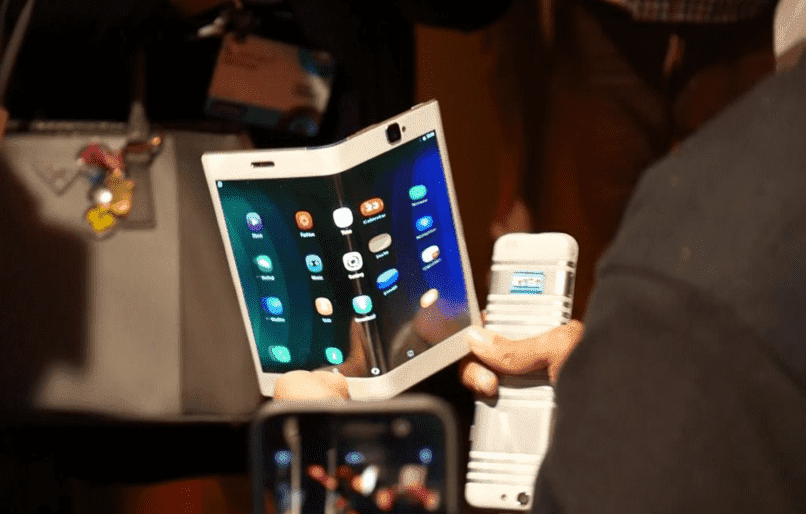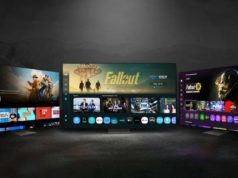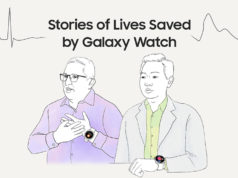At its Tech World event in San Francisco yesterday, Lenovo unveiled a prototype of a phone that can bend around your wrist, as well as a concept tablet that can fold to act as a regular smartphone.
The devices, not yet ready for market but rather “a sign of things to come,” add Lenovo to the small but growing list of companies, led by LG and Samsung, that are building new flexible electronic devices for consumers, according to Lenovo CTO Peter Hortensius.
YouTube star Meghan McCarthy gave an on-screen demonstration of both of Lenovo’s bendable devices during yesterday’s Tech World keynote address. She showed how the phone, reportedly dubbed the CPlus, can be easily snapped around the wrist when a user has no pockets to hold the device. McCarthy also demonstrated how the tablet can quickly fold for use as a phone.
Emerging New Form Factor
Increasingly, the next wave of personal electronic devices appears to be led by flexible-screen technology, a new form factor with numerous potential applications.
Just this week, reports emerged indicating that Samsung plans to launch two new smartphones next year with new functionality as well as screens that can bend or fold for greater portability. The South Korea-based company already produces several devices with curved — though non-bending — displays, including the Samsung Galaxy S6 Edge and S6 Edge Plus, which came out last year.
Earlier this year, another South Korean company, LG, attracted attention at CES 2016 with its demonstration of a flexible OLED (organic light-emitting diode) screen that can be rolled up like a newspaper. The company also makes the Rolly, a full-size wireless keyboard that rolls up.
Lenovo’s New Mission Led by IoT
When we spoke with flexible-display technology expert Gregory Raupp earlier this week, he told us that a smartphone with a screen that could unfold into a larger size for video-viewing could almost render laptops obsolete for many people.
Curved screens also have great potential in the automotive industry, where they could enable digital dashboard displays that are customizable according to a driver’s preferences, said Raupp, who is director of Macro Technology Works at Arizona State University.
In addition to demonstrating its bendable prototypes, Lenovo also unveiled several new devices that are ready for market, including the PHAB2 Pro smartphone. The company said it’s the first smartphone to support Google’s Tango, an augmented reality technology designed to visualize interior spaces much like Google Maps helps visualize streets, cities and the exteriors of buildings.
In his keynote address, Lenovo chairman and CEO Yang Yuanqing said such devices reflect the company’s new mission — supported by a number of recent major acquisitions — to focus on “customer-centricity” and connectivity as the Internet of Things continues growing.
“Over the past two years, Lenovo has been transforming,” he said. While Lenovo will always remain first and foremost a PC/smartphone company, “the device itself will no longer be enough . . . devices will become entry points for diverse exciting new content and services,” Yuanqing said.







